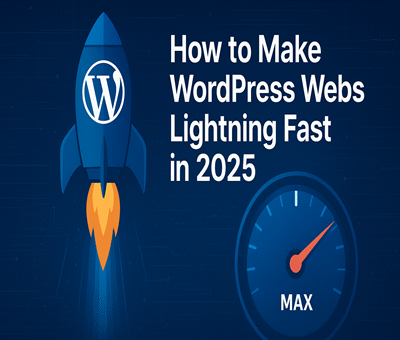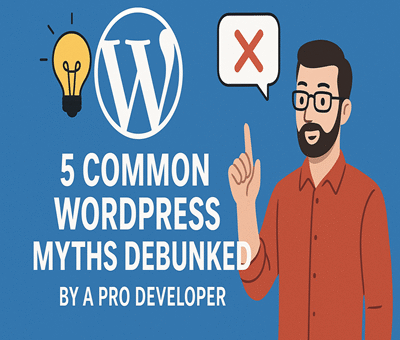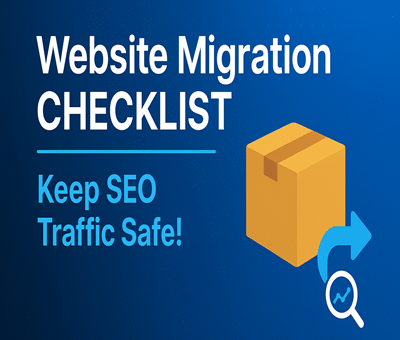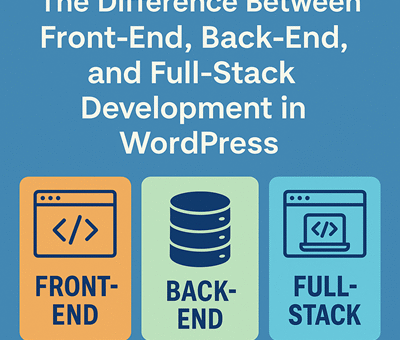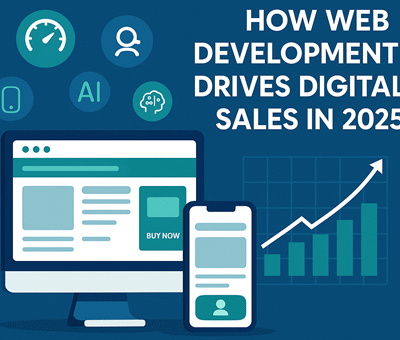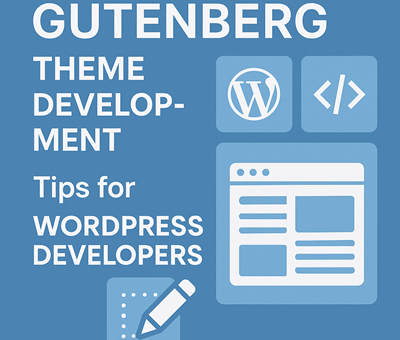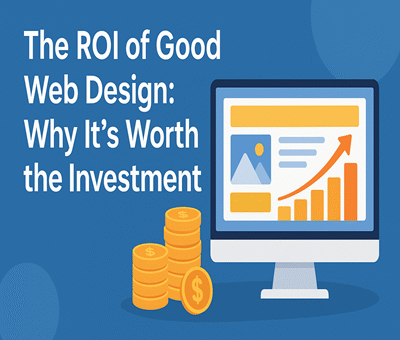In today’s fast-paced digital world, website speed is everything. A slow-loading WordPress site doesn’t just frustrate users—it hurts SEO rankings, reduces conversions, and lowers engagement. As we move into 2025, Google’s Core Web Vitals have made speed optimization more important than ever.
The good news? With the right strategies, you can make your WordPress website lightning fast. Let’s explore step-by-step techniques to speed up your site.
1. Choose a High-Performance Hosting Provider
Your hosting provider is the foundation of your website’s performance. A slow server will bottleneck your efforts, no matter how much optimization you do.
-
Opt for managed WordPress hosting like Kinsta, WP Engine, or SiteGround.
-
Look for SSD/NVMe storage and server-level caching.
-
Consider CDN integration for global reach.
2. Use a Lightweight WordPress Theme
Bloated themes slow down websites. Instead, go for minimal, performance-focused themes such as:
-
GeneratePress
-
Astra
-
Kadence
-
Block-based WordPress themes
These themes are optimized for speed while remaining flexible for customization.
3. Optimize Images Like a Pro
Images are often the biggest culprits in slow-loading sites.
-
Use next-gen formats like WebP or AVIF.
-
Compress images with tools like Smush or Imagify.
-
Implement lazy loading so images load only when users scroll to them.
4. Install a Caching Plugin
Caching drastically reduces load times by storing static versions of your pages.
Top WordPress caching plugins:
-
WP Rocket (premium but powerful)
-
W3 Total Cache (free)
-
LiteSpeed Cache (great for LiteSpeed servers)
5. Use a Content Delivery Network (CDN)
A CDN delivers your website’s files from servers closest to the user, improving speed worldwide. Popular CDNs include:
-
Cloudflare
-
BunnyCDN
-
KeyCDN
6. Minify & Combine CSS, JS, and HTML
Unnecessary code slows down rendering. Use tools like:
-
Autoptimize
-
Asset CleanUp
-
WP Rocket’s file optimization
This will reduce file sizes and improve loading speed.
7. Clean Up Your Database
Over time, WordPress databases collect unnecessary data—like post revisions, transients, and spam comments.
-
Use plugins like WP-Optimize or Advanced Database Cleaner.
-
Schedule automatic cleanups to maintain performance.
8. Limit Plugins and External Scripts
Too many plugins = slower performance.
-
Only install essential plugins.
-
Avoid plugins that duplicate functionality.
-
Host fonts locally and minimize third-party scripts like tracking codes.
9. Enable GZIP or Brotli Compression
Compression reduces file sizes before sending them to the browser.
-
Check with your host or enable via caching plugins.
-
Use Brotli if your host supports it—it’s even faster than GZIP.
10. Monitor Performance Regularly
Optimization is not a one-time task. Continuously monitor site speed with tools like:
-
Google PageSpeed Insights
-
GTmetrix
-
Pingdom
-
WebPageTest
Regular audits help you catch new bottlenecks early.
Conclusion
A fast WordPress website isn’t just a luxury in 2025—it’s a necessity. By choosing the right hosting, optimizing images, using caching, and keeping your site lean, you’ll not only improve user experience but also rank higher on search engines.
Take these steps today and watch your WordPress site fly like a rocket 🚀.
WordPress Features That Can Boost Your Website Rankings

